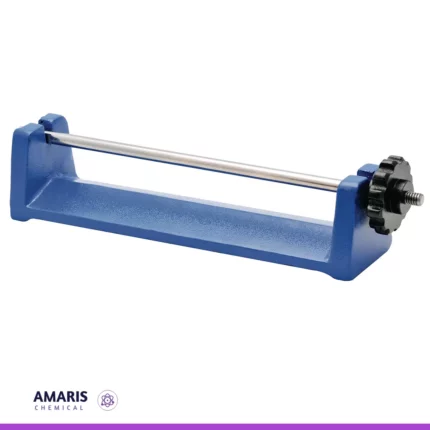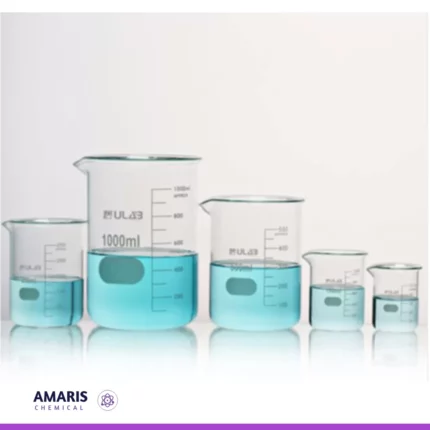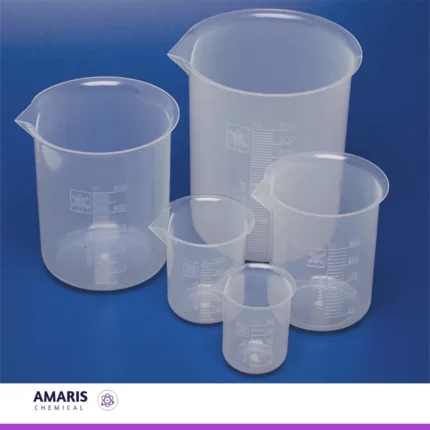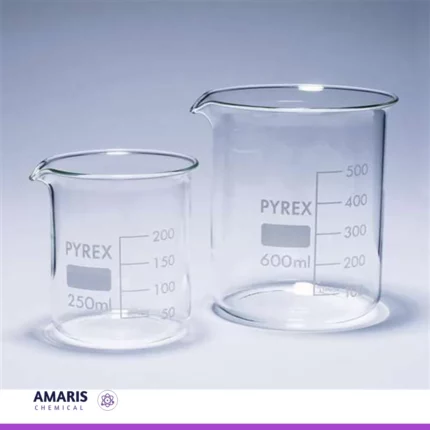Back to products


Gas Burner Portable
$1,500.00 Original price was: $1,500.00.$1,400.00Current price is: $1,400.00.
Galvanometer Zero Centre
$6,500.00 Original price was: $6,500.00.$6,400.00Current price is: $6,400.00.
Whatsapp Order
A zero-center galvanometer, also known as a center-zero galvanometer, is a type of measuring instrument used to detect and indicate small electric currents. Unlike a standard galvanometer, which measures current from zero to a maximum value in one direction, a zero-center galvanometer measures current deviations in both directions from a central zero point.
SKU:
ACS18755CHEM0
Category: LABORATORY EQUIPMENT & APPARATUS
Description
Table of Contents
ToggleUses of Galvanometer Zero Centre
1. Bridge Circuits
Wheatstone Bridge:
- Used to measure unknown resistances.
- The zero-center galvanometer detects the null point (zero current) when the bridge is balanced.
- Provides high precision by indicating even the smallest imbalance in the bridge circuit.
AC Bridge Circuits:
- Used for measuring inductance, capacitance, and impedance.
- The galvanometer helps find the balance point in the bridge, ensuring accurate measurements.
2. Null Measurements
Potentiometric Measurements:
- Used in potentiometers to measure voltage by balancing it against a known reference voltage.
- The galvanometer indicates zero current when the voltages are equal, providing a precise measurement.
3. Polarity and Current Direction Detection
Circuit Testing:
- Used to determine the direction of current flow in a circuit.
- Helps in troubleshooting and verifying the operation of electrical components and circuits.
4. Differential Measurements
Comparative Measurements:
- Used to compare two voltages or currents.
- The zero-center feature allows for easy detection of differences, even if they are very small.
5. Calibration and Testing
Instrument Calibration:
- Used to calibrate other measurement instruments by providing a precise zero reference point.
- Ensures that other instruments are correctly balanced and accurate.
6. Magnetic Field Experiments
Hall Effect Experiments:
- Used to measure the voltage generated by the Hall effect in semiconductors.
- The galvanometer can detect small voltage changes, providing data on the magnetic field strength.
7. Electrochemical Measurements
Galvanic Cells:
- Used to measure the small currents produced by galvanic cells.
- Helps in studying electrochemical reactions and properties.
8. Precision Balancing
Balancing High-Precision Circuits:
- Essential for experiments requiring exact balance, such as precision amplifiers or oscillators.
- Indicates minute imbalances to achieve optimal performance.
9. Educational Demonstrations
Teaching Tool:
- Demonstrates principles of current, voltage, and resistance in educational settings.
- Provides a visual and intuitive understanding of electrical concepts.
Related products
Absorption Tower
$0.01
A laboratory absorption tower is a scaled-down version of an industrial absorption tower used for experimental purposes within a laboratory setting. It is a specialized piece of lab apparatus designed to investigate the principles of gas-liquid absorption or scrubbing processes under controlled conditions.
Typically, a lab absorption tower consists of a glass or transparent column filled with a packing material or trays to facilitate the gas-liquid contact. It is equipped with inlet and outlet ports to introduce the gas stream and remove the treated gas after absorption. Additionally, there are ports or connections to introduce the liquid solvent and monitor its flow rate. The tower may also have temperature and pressure control mechanisms to simulate specific conditions relevant to the experiment.
Laboratory absorption towers are essential tools for researchers, chemists, and engineers to study the behavior of gases and liquids during absorption processes, optimize process parameters, and assess the efficiency of different solvents or packing materials. These experiments contribute to the development and improvement of industrial-scale absorption systems and help in solving environmental challenges related to air and gas pollution.
Barometer tubes
$0.01
A barometer tube is a slender, sealed, and typically transparent tube used in barometers to measure atmospheric pressure. It is usually filled with a liquid, often mercury, but sometimes water or another fluid, which rises or falls within the tube in response to changes in atmospheric pressure. The height of the liquid column in the tube serves as an indicator of the current atmospheric pressure, with higher pressure causing the liquid to fall and lower pressure causing it to rise. This measurement helps in predicting weather changes and understanding atmospheric conditions.
beaker hysil
$0.01
A glass beaker is a cylindrical, open-top container made of glass, typically with graduated volume markings on its side. It is commonly used in laboratories for holding, mixing, and heating liquids, as well as for performing various experiments and chemical reactions. Glass beakers come in various sizes and are designed to provide easy observation of the contents and to withstand temperature changes without significant deformation or chemical interaction with the substances being used.
Beaker Plastic
$0.01
A plastic beaker is a laboratory container made from plastic material, typically featuring a cylindrical shape with a flat bottom and a spout or pouring lip. It is used for holding, measuring, and mixing liquids or substances during various scientific experiments, research, or educational activities. Plastic beakers come in a range of sizes and are designed to withstand various chemicals and temperatures, making them versatile tools in laboratory settings.
beaker pyrex
A glass beaker is a cylindrical, open-top container made of glass, typically with graduated volume markings on its side. It is commonly used in laboratories for holding, mixing, and heating liquids, as well as for performing various experiments and chemical reactions. Glass beakers come in various sizes and are designed to provide easy observation of the contents and to withstand temperature changes without significant deformation or chemical interaction with the substances being used.


 Emollients
Emollients Humectants
Humectants UV Filters
UV Filters Surfactants (cosmetic)
Surfactants (cosmetic) Preservatives (cosmetic)
Preservatives (cosmetic) Fragrances and Essential Oils
Fragrances and Essential Oils Antioxidants (cosmetics)
Antioxidants (cosmetics)
 LABORATORY EQUIPMENT & APPARATUS
LABORATORY EQUIPMENT & APPARATUS

 Fertilizers
Fertilizers Plant Growth Regulators
Plant Growth Regulators Soil Conditioners
Soil Conditioners Animal Feed Additives
Animal Feed Additives Biostimulants
Biostimulants Dough Conditioners
Dough Conditioners Flour Treatments
Flour Treatments Fat Replacers
Fat Replacers Preservatives (baking)
Preservatives (baking)
 Surfactants (cleaning)
Surfactants (cleaning) Builders
Builders Bleaching Agents
Bleaching Agents Enzymes
Enzymes Solvents (cleaning)
Solvents (cleaning) Fragrances
Fragrances




























